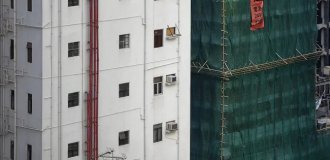World War II shipwreck could cause a tsunami in the Thames (6 photos + 1 video)
In Great Britain they started talking about the ship Richard Montgomery that sank during the Second World War. Over the 78 years spent under water, the cargo ship rusted. There are fears that the ship's three masts, which are visible above the surface of the water, could collapse and drop 1,400 tons of explosives. 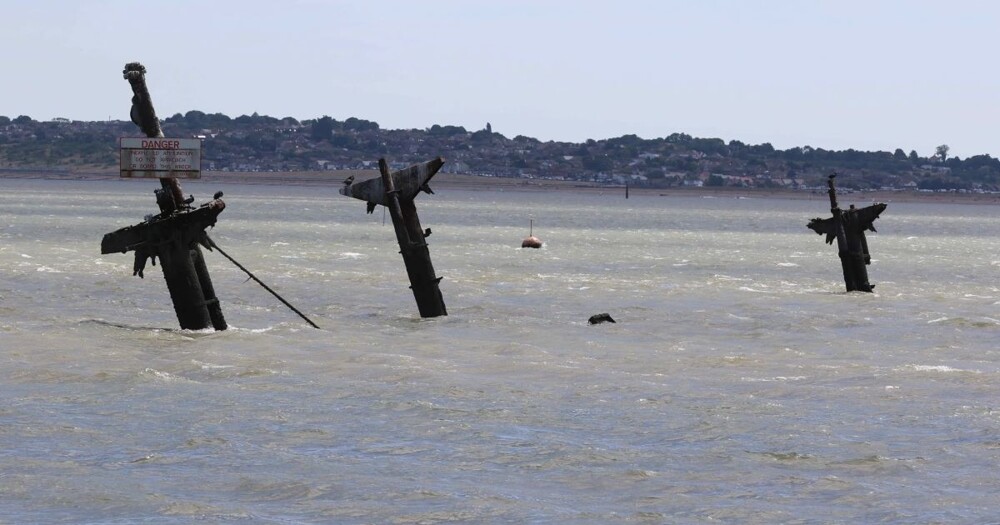
In the event of an explosion, the tsunami will destroy everything in its path.
A report from Medway Council said the explosion "would release a column of water, mud, metal and ammunition 300 meters wide and 3 kilometers high, posing a threat to wildlife and the lives of many people." 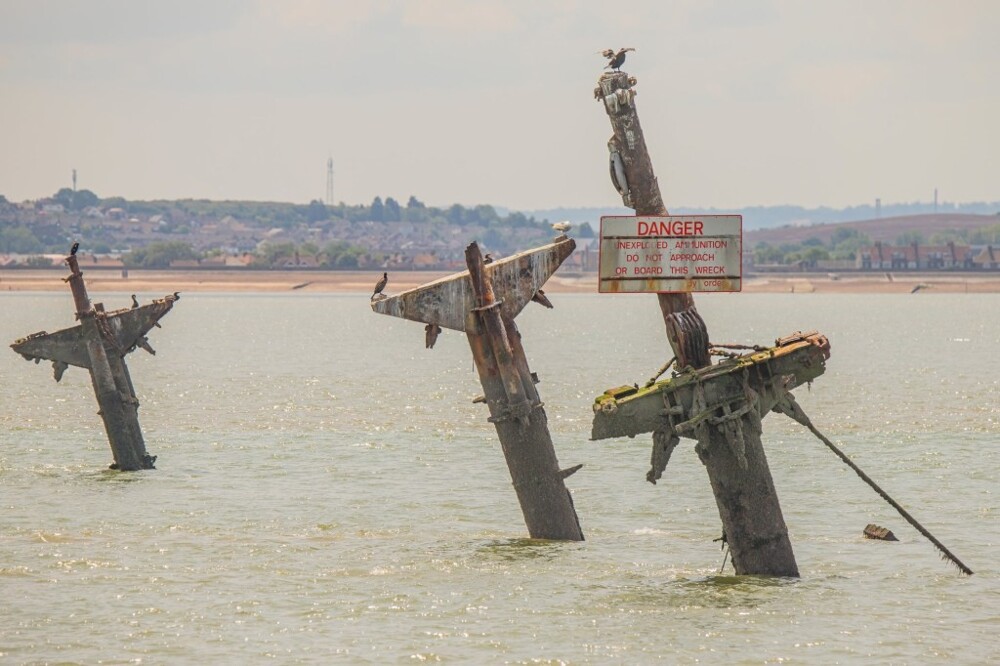
Meanwhile, researchers at the Canadian Defense Research and Development Institute told New Scientist that Montgomery could be "one of the world's largest non-nuclear explosions, causing widespread destruction and death."
Southend Labor councilor Lydia Hyde said the situation had become so bad that action was urgently needed.
She said: "An assessment of the condition of the masts was carried out in the summer, and a more detailed one in November. Corrosion can lead to catastrophic destruction of the masts, damage to their integrity, falling onto a sunken ship, which will lead to an explosion." 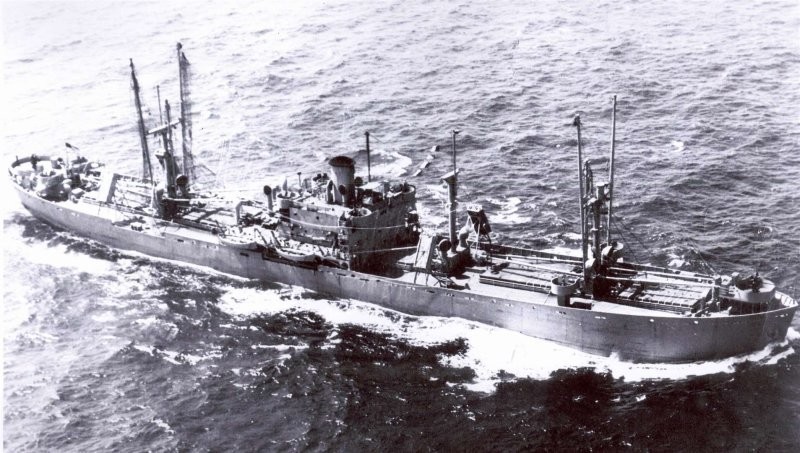
How did the SS Montgomery sink?
The ship was named after the famous American general Richard Montgomery. President Franklin D. Roosevelt argued that the ship, built to carry vital supplies to the Allies during World War II, would help bring “freedom” back to Europe.
In the summer of 1944, Montgomery sailed from America to Britain with 7,000 tons of explosives. But when he arrived at the mouth of the Thames, a force 8 storm caused the ship to drift onto the sandbank. The hull split into two parts and it sank. 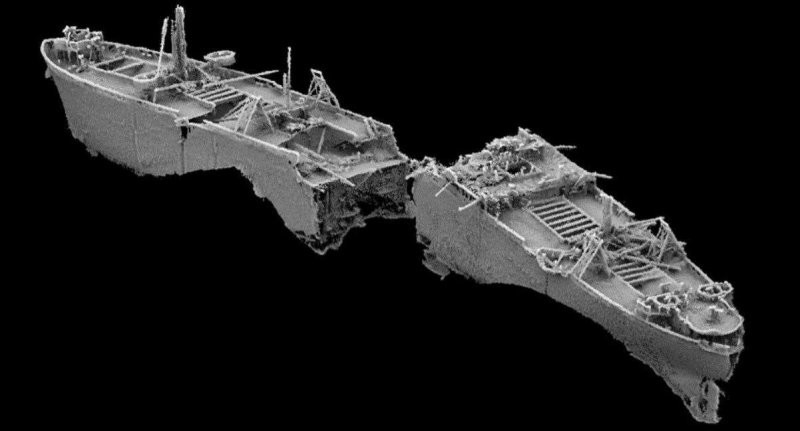
Threat of disaster
After the crash, specialists managed to recover more than 5,000 tons of ammunition. But the ship still stores TNT bombs, about 800 cluster bombs and a large number of smoke bombs.
Although a March 2000 wreck report stated that "TNT does not react with water and is extremely stable, especially if stored at a constant low temperature," the real danger comes from the smoke bombs' filling, white phosphorus, which is stable underwater but Capable of spontaneously igniting upon contact with air. 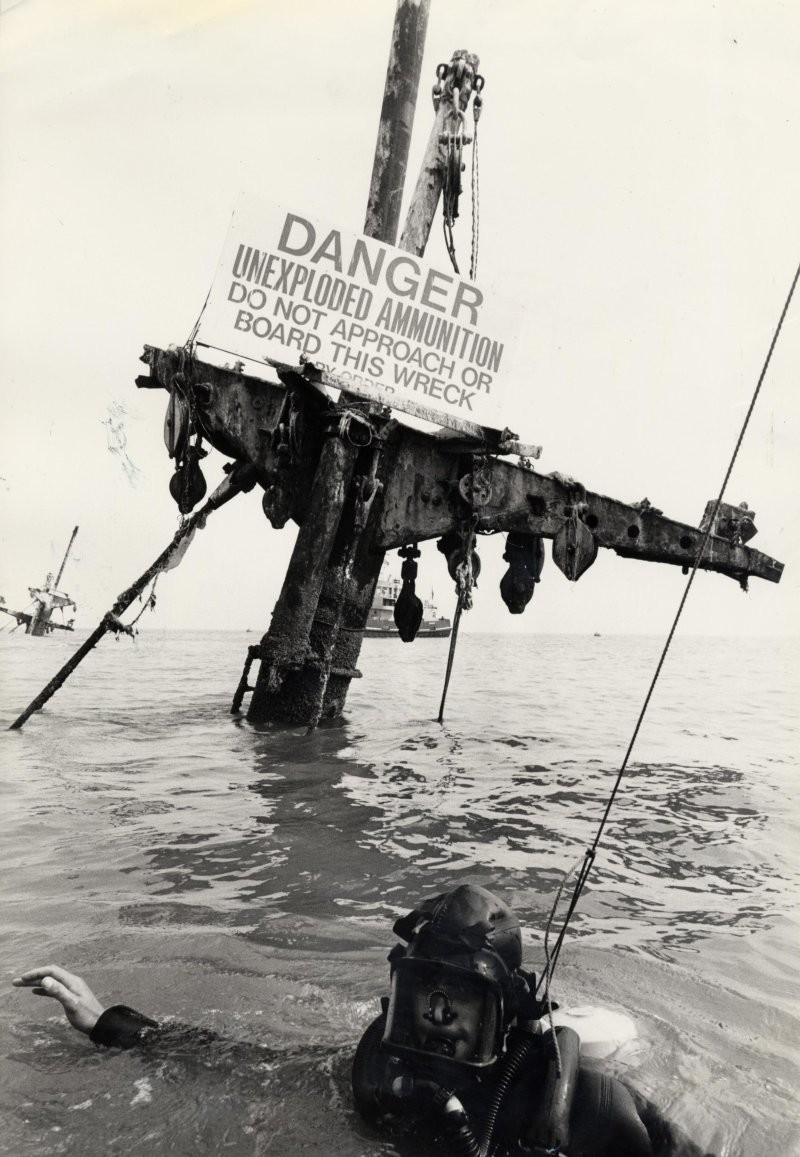
Will the masts be dismantled?
Plans to dismantle the masts were first announced in 2020. At the time, the Department of Transport said the masts could “create excessive stress on the rest of the vessel.” But the work was postponed.
According to Hyde, the masts will be dismantled in March of this year. 
A Department for Transport spokesman said: "Our priority will always be
ensuring the safety of the public and reducing any risk associated with the Richard Montgomery. We commissioned experts to assess the wreck. Based on their results, we are now reviewing and adjusting our plans to dismantle the masts as quickly and safely as possible."







